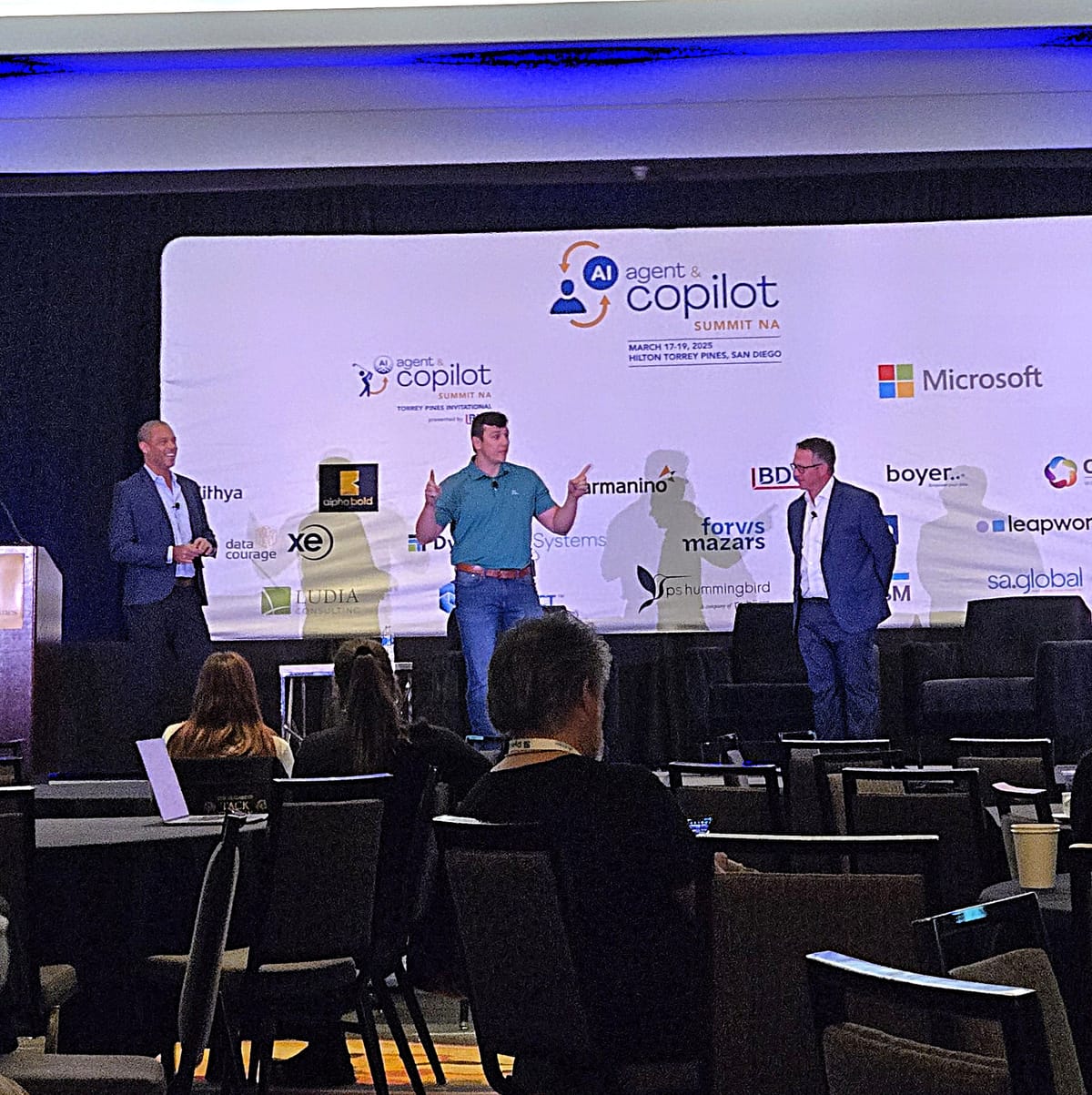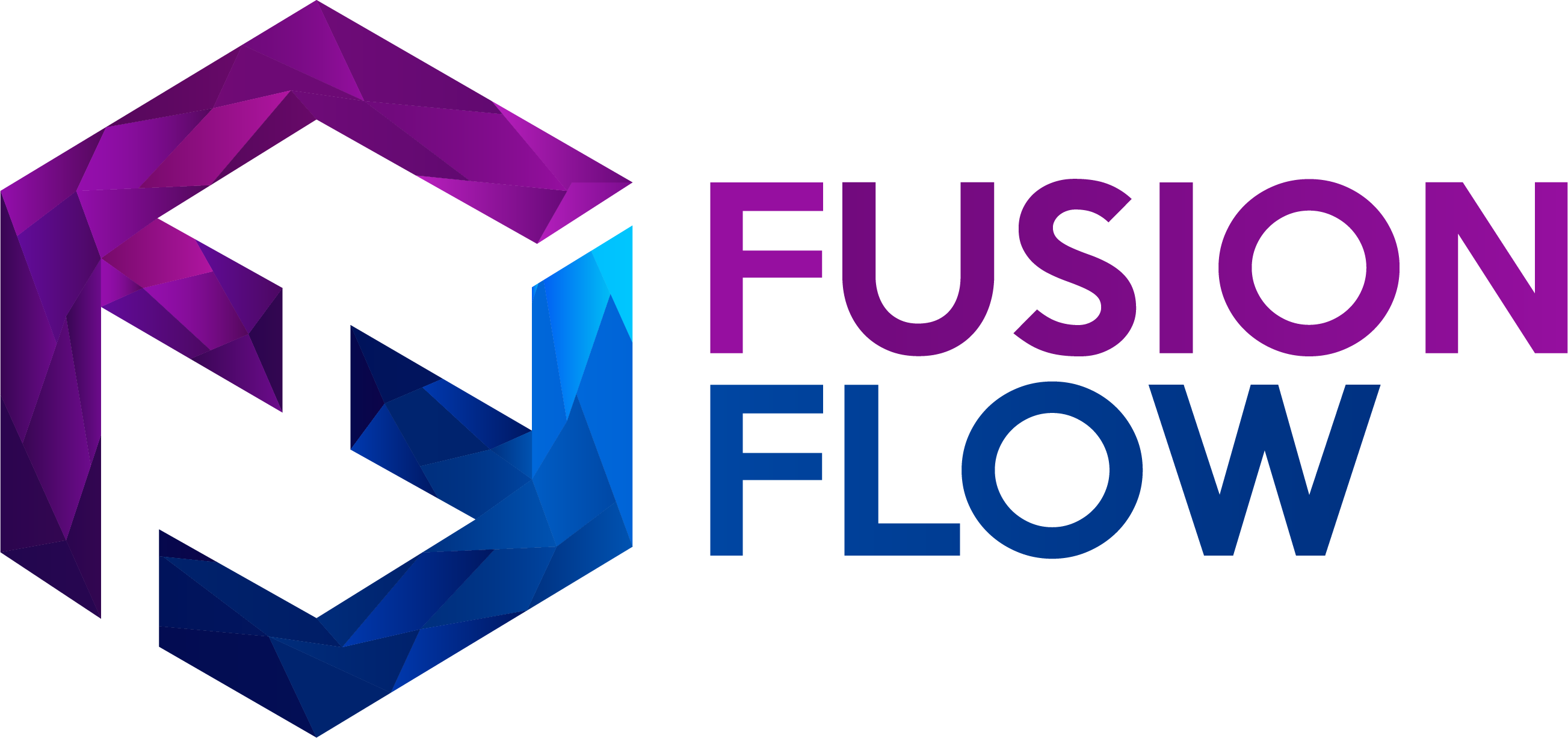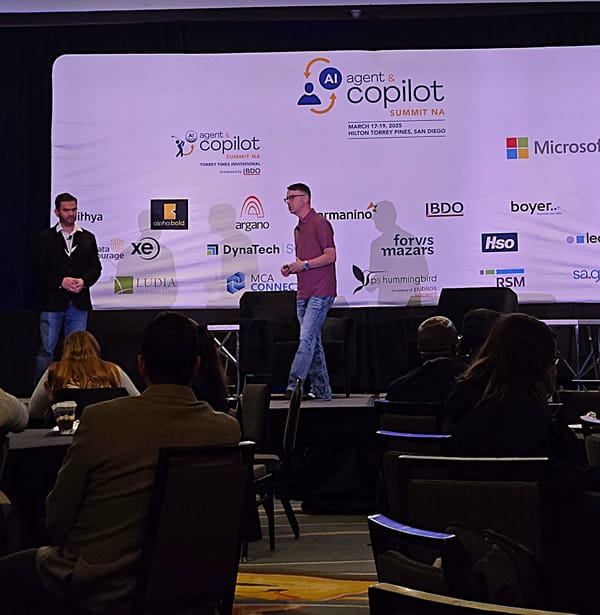How a Field‑Service Company Turned an AI Concept into Real Business Impact
A facility‑services company built an AI assistant to help technicians fix machines faster. It loads manuals and schematics and returns answers on the job, boosting first‑time fixes, cutting downtime, and delivering measurable ROI.

Did you know that "90% of [AI] projects never make it to production"? This statistic was the starting point of a presentation at the AI Copilot & Agent Summit. The session walked us through a working example of AI in production at a facility‑services company (Vixxo). The talk contrasted traditional knowledge‑worker use cases with a harder challenge: using AI to support blue‑collar technicians who repair espresso machines, HVAC units, and other equipment that keep stores and restaurants running.
The speaker framed the session around three types of AI helpers:
- Co‑pilots that "augment humans" by chatting with them and answering questions.
- Task‑driven agents that perform specific jobs autonomously.
- Autonomous agents that "run on other existing conditions" and produce results without a user in the loop.
He stressed that choosing the right type of agent starts with defining the outcome you want. Retrieval agents simply fetch data and instructions; task‑driven agents can "trigger a greater outcome" for you; fully autonomous agents can make decisions based on incoming signals.
Building Pixel: an AI assistant for technicians
Vixxo's big idea was Pixel, an AI tool designed to make technicians "more professional" by helping them fix complicated machinery faster. They loaded every manual and schematic they could find into Azure Blob Storage, then "built a really custom prompt" on top. A technician can type "steam wand is not working," and Pixel fetches the right section of the manual and shows it on screen. For field service, that means no more flipping through paper binders or waiting on hold with tech support.
Pixel lives inside Dynamics 365 for internal staff and is accessible via mobile for external contractors. The integration means technicians don't leave their workflow to search for answers. The speaker explained that the goal is to boost proficiency and cut downtime. When a Starbucks espresso machine goes down, the store may as well close, so time matters.
The project team views Pixel as part of what they call "next‑gen service." As the presenter put it, "We believe that these next gen machines require next gen service." The tool improves the speed and quality of repairs without stripping away the craftsmanship technicians take pride in.
"We believe that these next gen machines require next gen service."
Adoption isn't automatic
Many of their technicians weren't born in the digital age and aren't naturally drawn to new technology. Some early insights they shared:
- Trust is fragile. A single wrong answer can push a user away for good. The presenter said, "When you have an incorrect response by AI, it's almost like magnifying the deer. I'm never coming back to them". They had to curate the data, refine prompts, and build confidence.
"When you have an incorrect response by AI, it's almost like magnifying the deer. I'm never coming back to them"
- Training matters. For brand‑new technicians, they "hold your hand and walk through 120 steps" to show how the agent works. Experienced technicians need less guidance, but they still need context for when to trust the tool and when to rely on their own expertise.
- Show, don't tell. They discovered that giving everyone a CoPilot licence without a tailored example just led to low usage. Real examples and on‑the‑job demos were what drove adoption.
Measuring impact and answering the board
A project like Pixel lives or dies by its outcomes. At the summit, the speaker shared some early numbers: more than 200 technicians use Pixel daily, and their success rate on a key service metric increased from 1.4% to more than 3%. That might sound small, but for an account already running at 90% or higher, every point matters.
More importantly, the project validated that AI could reduce time on site and improve first‑time fix rates. These are the numbers executives care about. "Boards of directors are looking for their return on investment," the presenter reminded us. He described taking a phased approach of starting small, demonstrating value, and then asking for more funding later. That incremental strategy is what convinced skeptical leaders to invest in a tool that wasn't yet proven.
"Boards of directors are looking for their return on investment."
Another key takeaway: innovation can come from anywhere. Pixel wasn't dreamed up by an IT executive. A technician in Seattle loaded a troubleshooting guide into ChatGPT and called the project leader to show what he'd done. That spark set the bigger project in motion and inspired the company to think about "citizen developers" who can turn ideas into agents with the right support.
Lessons for leaders
Start with a use case tied to a clear business problem. For Vixxo, downtime at a store is lost revenue. That's a pain worth solving.
Pick the right type of agent for the outcome you want. Don't ask a chat assistant to do a task‑driven agent's job.
Invest in adoption. Train your people, build trust, and give real examples. If users don't see value, they won't come back.
Measure outcomes, not outputs. It doesn't matter how many queries your agent handles if it doesn't improve first‑time fix rates or reduce minutes per job.
Iterate quickly. The team went through 40 versions of their summary notes feature in two months. Speed and flexibility saved them money and improved the end result.
No matter what industry you're in, those principles apply. AI agents and co‑pilots can deliver real value when they're built around your people, your processes, and your outcomes. This case study shows that bridging the gap between bold vision and real impact is possible, even in environments where trust is hard‑won and paper manuals still rule.
If you'd like to discuss what AI could do for your business, contact me at Fusion Flow Software.





